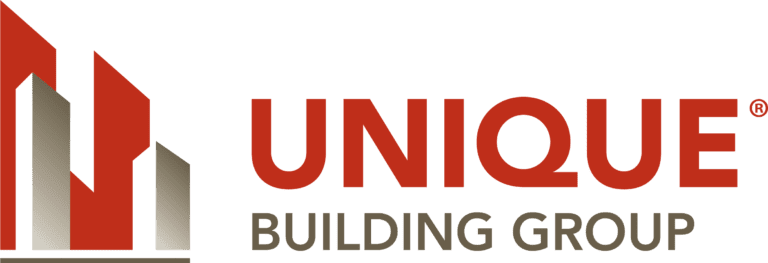Exterior finishing and cladding systems can have a significant impact on your building’s aesthetics, durability, energy efficiency, and longevity. There are many options to consider when designing a commercial building and the right type of cladding ultimately depends on the type of building and client requirements. However, EIFS tend to be one of the best options when it comes to complex construction due to their versatility, flexibility, and durability. Additionally, they offer building owners and designers a significant level of energy efficiency and flexible aesthetic design options. If you’re planning the design or build a new commercial building, there are several reasons why EIFS might be a good option for your commercial project.
What Are EIFS?
Exterior Insulation and Finish Systems, also known as EIFS, are one of the most versatile and commonly used cladding materials in commercial construction. An EIFS involves the use of expanded polystyrene boards which are attached to exterior sheathing and reinforced with a layer of fiberglass mesh. Designers can then apply a wide variety of colors or textures to meet the aesthetic objectives or requirements of the clients. EIFS have become increasingly popular over the last 30 years largely because they offer a tremendous amount of flexibility in complex construction.
What Are The Benefits Of EIFS?
EIFS offer a number of benefits for complex commercial construction projects:
- Durability – The majority of EIFS contain a 100% acrylic binder that protects against fading or chalking. As a result, EIFS rarely need a paint job. They’re also capable of resisting dirt and unwanted mold or mildew. In the event dirt or debris does accumulate, EIFS are also very easy to clean and usually require a simple rinse with a hose.
- Insulation – Not only do EIFS easily meet the North American Continuous Insulation requirement, but some studies also suggest they can actually reduce air infiltration by more than 55% compared to brick, metal, or wood finishing. EIFS can even increase the “R-Value” of your commercial building. An EIFS insulation board adds an additional R-value of 4 to 5.6 per inch. When combined with standard insulation, it can easily boost a building’s R-Value to R-16 or even higher.
- Low Maintenance – Not only are EIFS sturdy, but they’re also able to keep up their appearance over a long period of time with minimal maintenance. Because EIFS are very flexible, they are resistant to cracks caused by temperature fluctuations. EIFS are formulated with 100% acrylic binder, so they’re less susceptible to fading or discoloration. EIFS also resist dirt and unwanted plant growth, which helps your building’s exterior remain clean. They also provide your exterior wall with a sense of “breathability” which ultimately helps prevent moisture build-up and prevents mold growth.
- Design Flexibility – EIFS come in an endless number of colors and textures and they can be manipulated to fit any project. By design, their appearance generally mimics that of stucco, (EIFS are sometimes referred to as synthetic stucco), but they’re significantly more versatile. Architects can create columns, cornerstones, or a variety of specific moldings to meet any requirements of a complex construction project. As a result, it’s no surprise that many designers and builders choose EIFS to meet their design requirements.
- Code Compliance – EIFS have been extensively tested to meet building code requirements, and they are listed in the International Building Code. They’ve passed all major fire resistance tests.
How Are EIFS Installed?
In most cases, adhesives should be used to fasten all elements within your EIFS; however, there are certain occasions where metal fasteners may be used, such as when using certain types of wood sheathing. A reinforcing mesh layer should be attached directly to the substrate and then used to wrap around the edges of the insulation board, which should be added next. Before applying the insulation board, you need to ensure there aren’t any gaps or breaks between the various pieces. The entire insulation board surface must be smoothed with sandpaper, and then you’ll need to apply a protective base coat which should cover your mesh layer entirely. Next, you can apply your finishing coat along with any textures before finally adding sealant to the joints where your insulation boards meet any exterior features of the building.
EIFS have been around since the 1960s, but have really exploded in terms of popularity over the past couple of decades. To truly unlock the benefits of EIFS, they must be installed properly by an experienced contractor.
If you’re considering EIFS as an exterior option for your commercial building, contact us today at Unique Building Group. Our team has over 30 years of experience supporting general contractors, designers, and architects on complex construction projects. We have a proven track record of completing projects on-time and on-budget.

